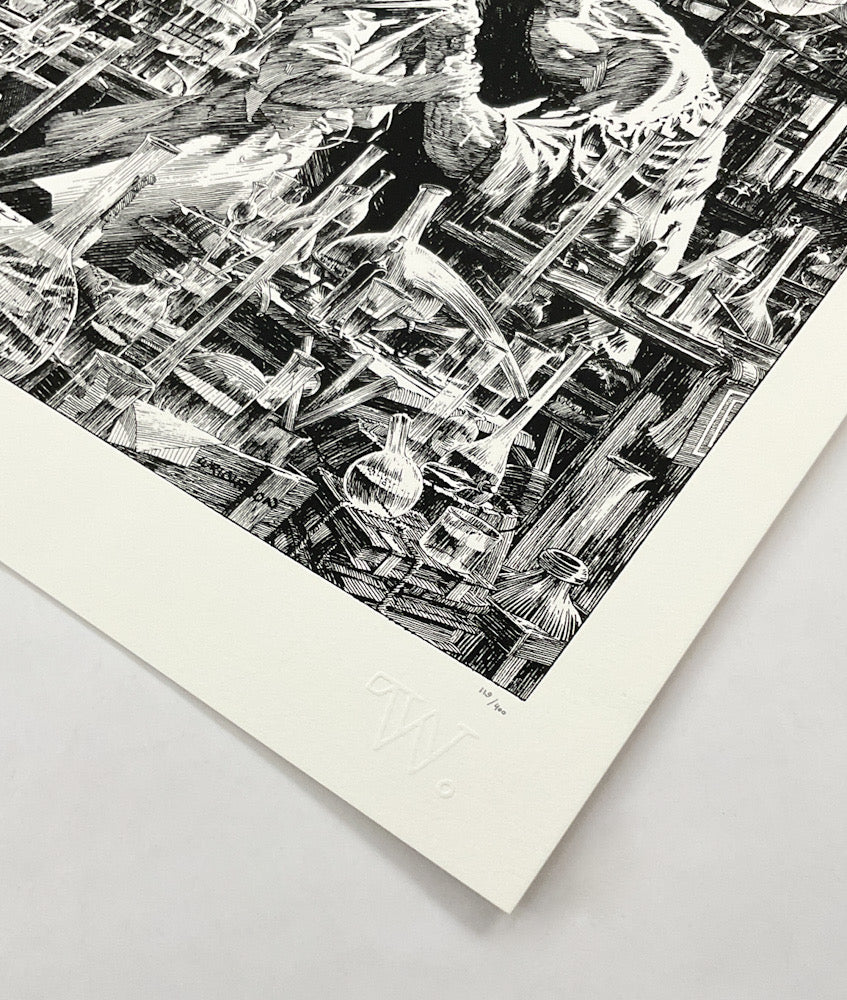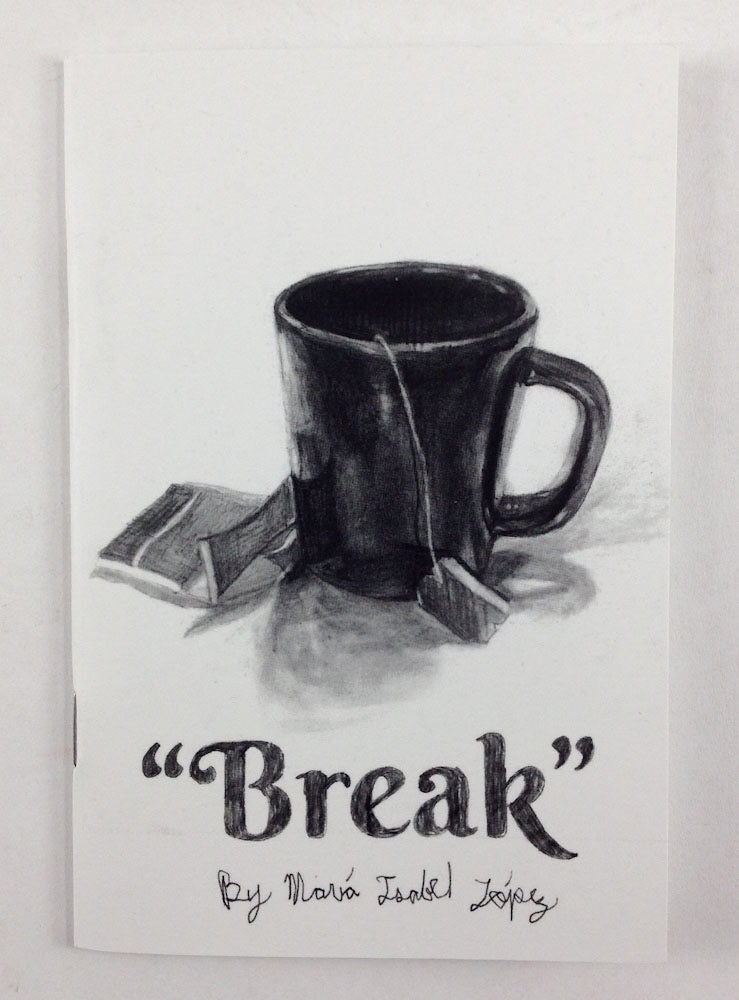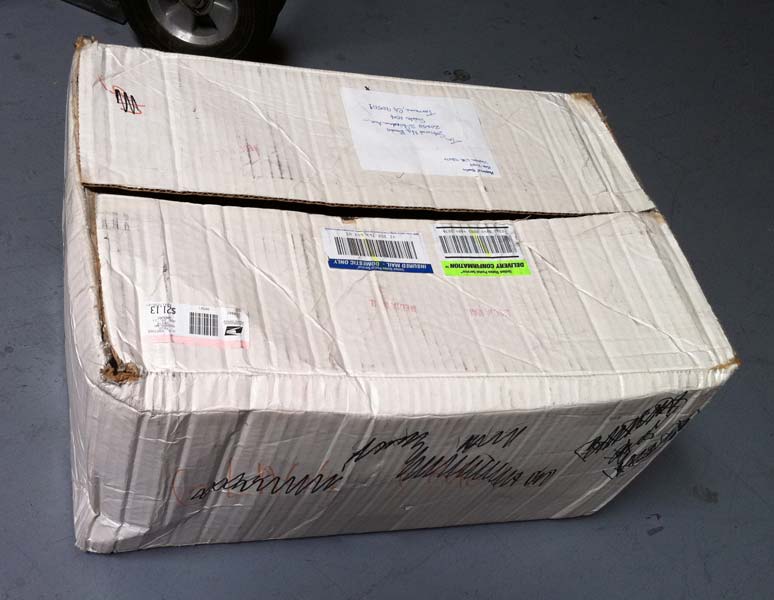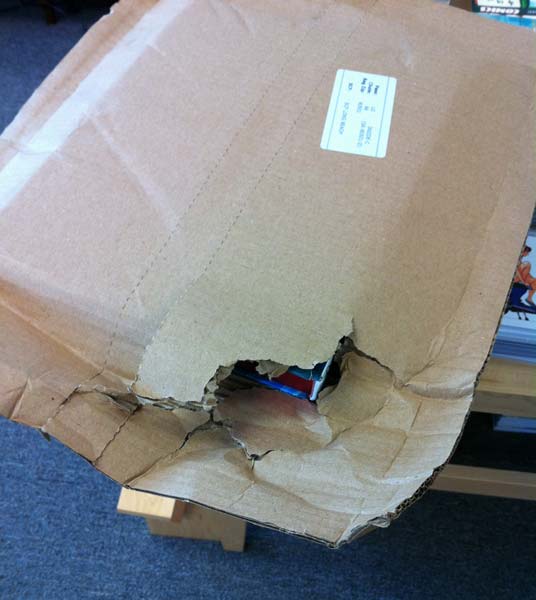Packing for Shipping
We Care.
It is vitally important that shipments of books (and any merchandise for that matter) be appropriately packed so as to arrive at its destination undamaged and suitable for sale.
New books should always arrive in Mint, As New condition.
To that end, here are my tips for packing your books for shipping:
- Use a rigid heavy-duty box with flaps intact
- The length and width of the box should be at least 4 inches larger in each direction than the book itself (a 7x10 book needs a 11x14 box)
- Bag or wrap the books as a bundle (or series of bundles) to form "bricks"
- Stack the book "bricks" in the center of the box with a 2 inch void between the books and each interior wall of the box
- Use an adequate amount of cushioning material (packing peanuts, wadded newspaper, bubblewrap) to fully fill the void between the box and the books
- The contents should not shift inside the box when it is closed
- Use strong tape designed for shipping
- Do not use string or paper over-wrap
How your package should look
The books should wrapped and placed in the center of the box. Fill the space with packing material.
When shipping a carton of books, place the carton in the center of a bigger box with space between the inner and outer box (this is the "crush zone").
Fill the space completely with packing material.
Now the box is ready to be closed and sealed.
Another example of good packing:
- product is in the center, wrapped, and well padded on all sides.
Books are very heavy.
Heavy boxes receive the most damage in shipping. Shipping handlers are not gentle with a heavy box. A box will be thrown, kicked, and dropped from waist height. All eight corners of the box will be smashed before it arrives at its destination. If your contents are not sufficiently cushioned, that damage will pass from the box to your contents.
The printer ships books to a publisher in boxes on a pallet, neat and shrinkwrapped.
But if the publisher then ships out the books in the same boxes individually via UPS, FedEx, or USPS, these heavy boxes receive very rough handling in transit.












